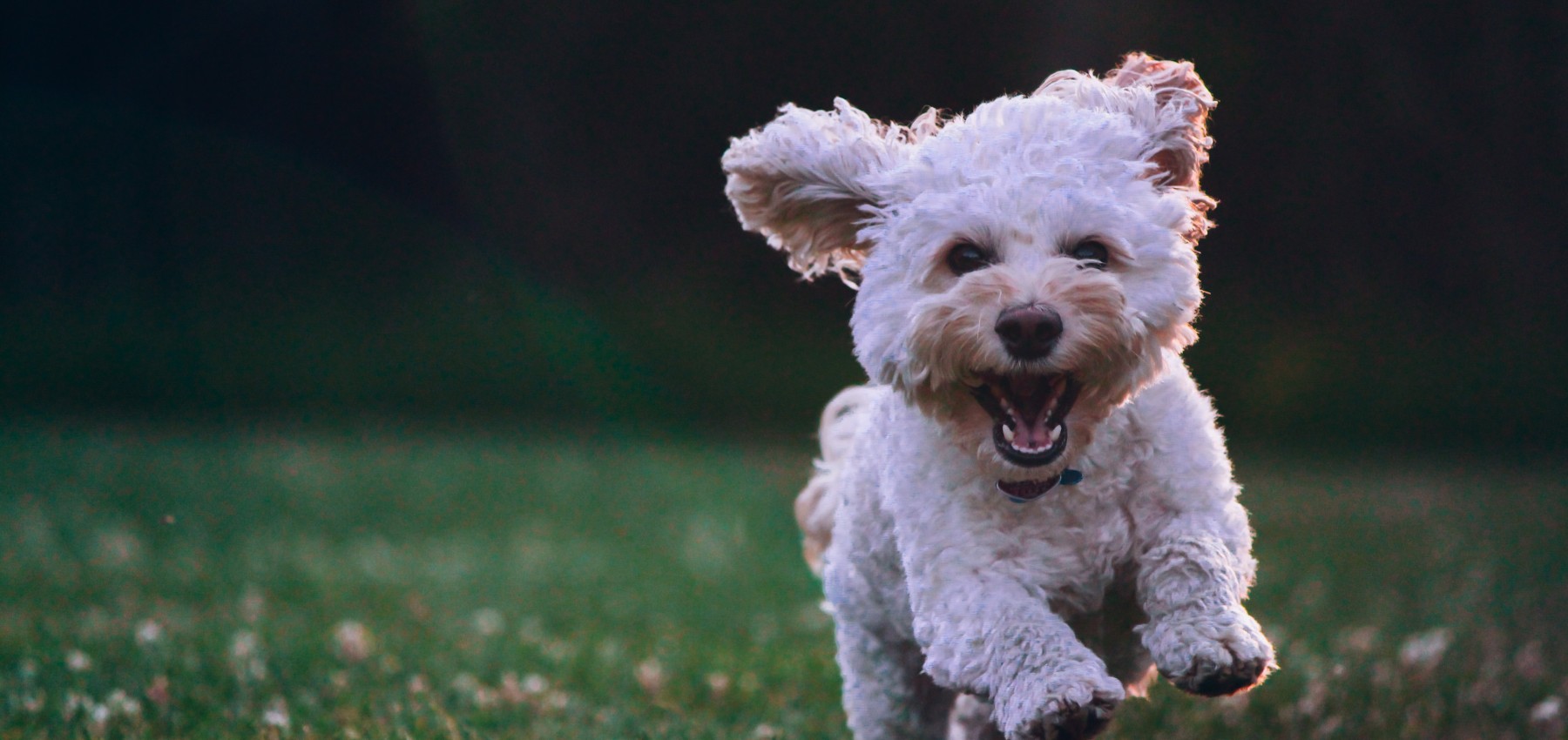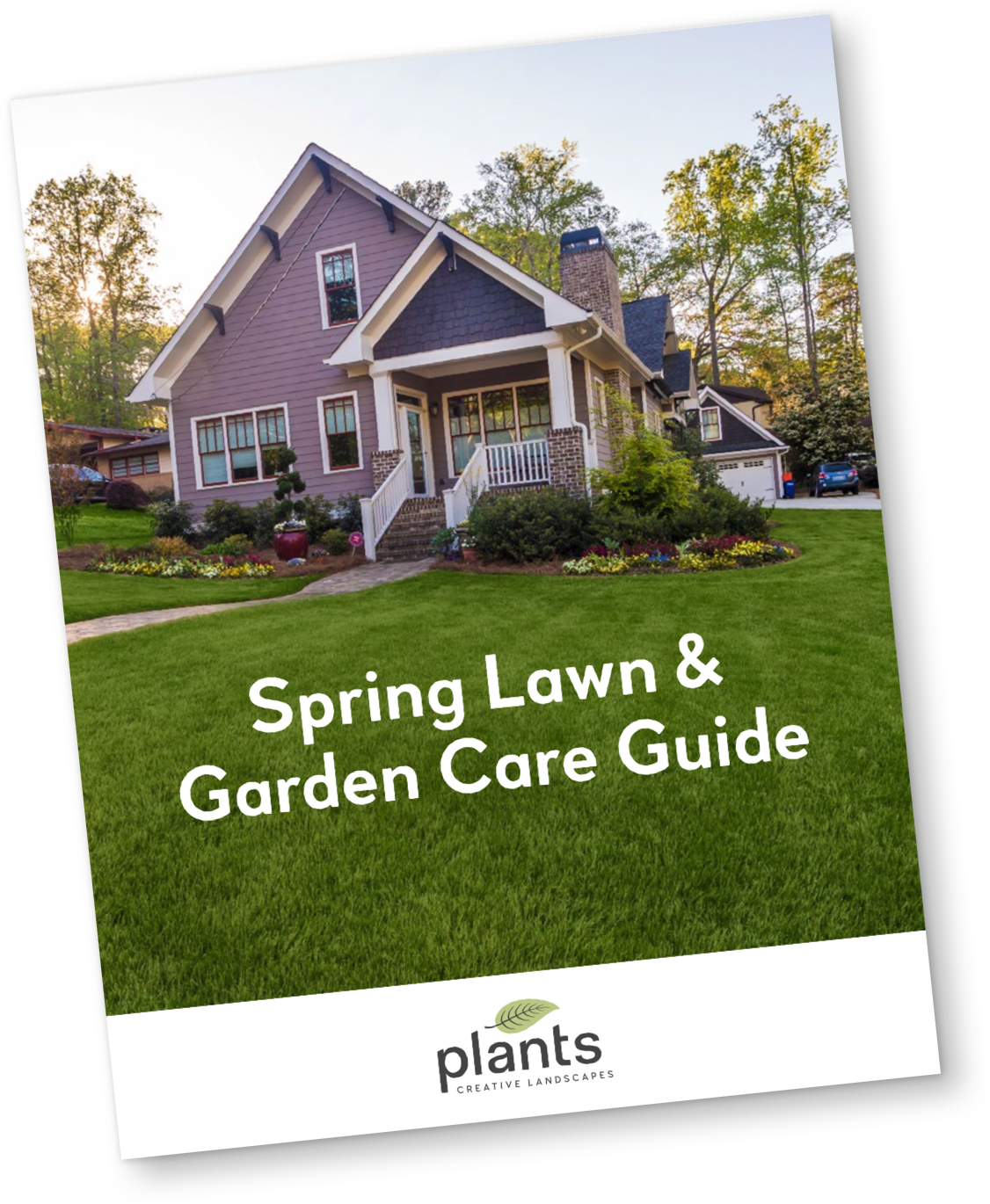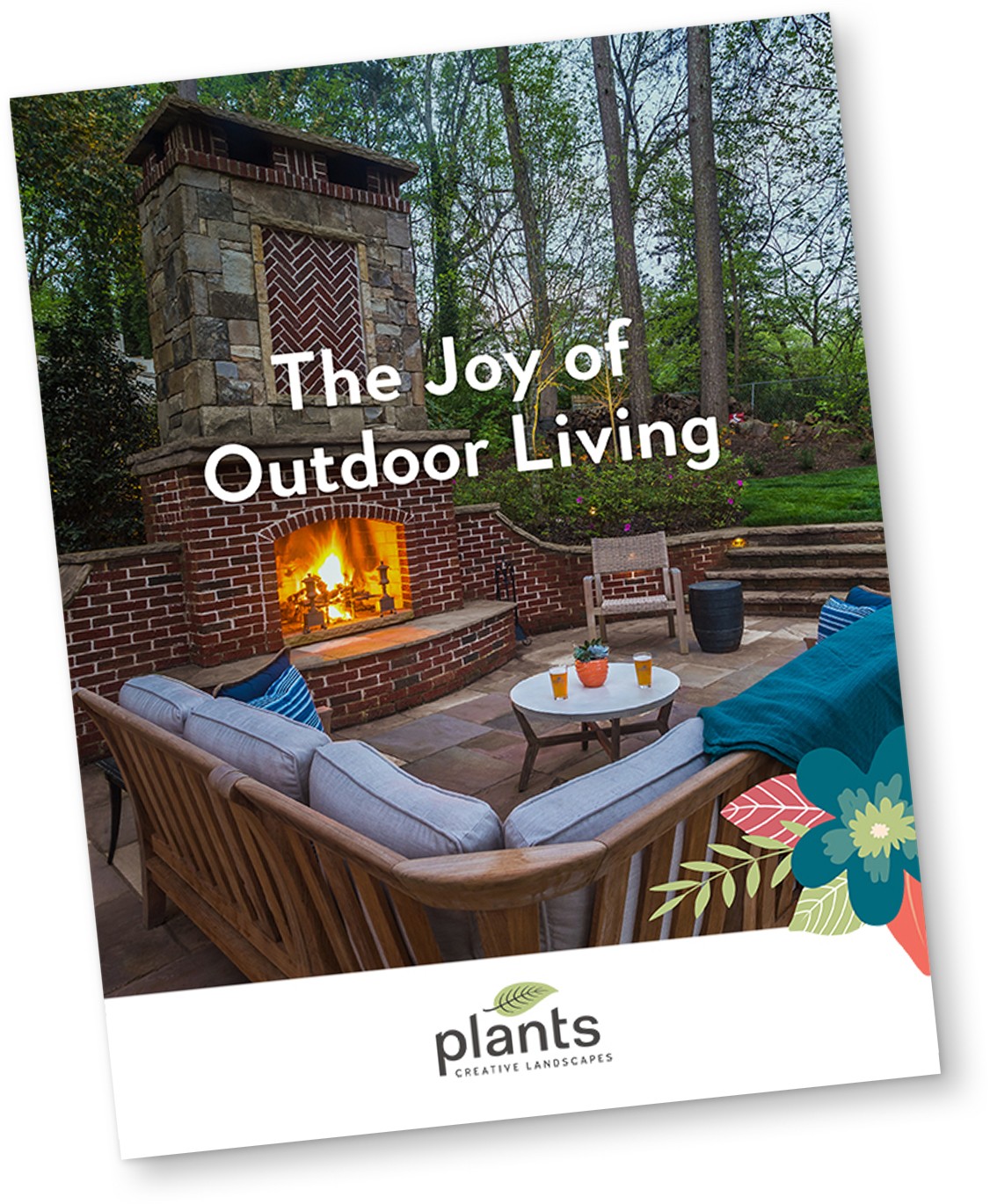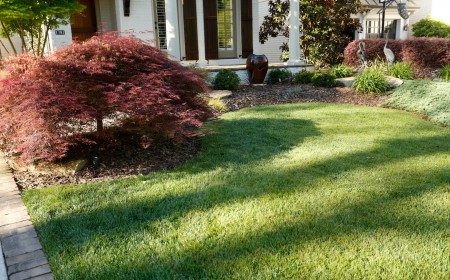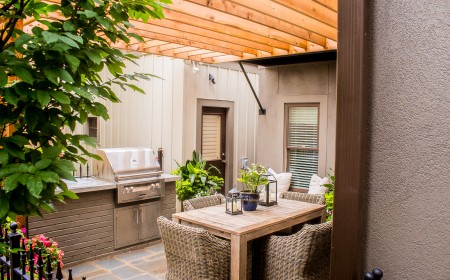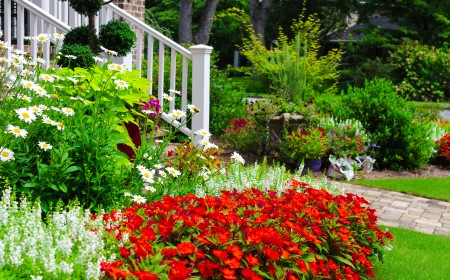Patchy turf, messy garden beds, chewed-up plants and gravel all over the place… you love your pets, but they can definitely wreak havoc on your landscape!
Many homeowners feel that they have to choose between having pets or having a nice outdoor space. But that’s not the case at all!
When I sit down to talk to a new customer about what they’re looking for in their landscape design, one of the first things we discuss is how they’re going to use their space from a functional standpoint. And this discussion always includes thoughtful design for both their kids and pets.
If your family includes four-legged kids, there are some simple ways to make your landscape as friendly for them as possible.
Three ways to make your landscape better for your pets
There are three key topics that I always cover with pet owners when designing their landscape:
- Safe plant choices — Sometimes animals love to chew on plants — that’s a given. Often, they’re especially attracted to scents that are emitted through the leaves, so be aware of this when selecting plants. Also, consider avoiding plants that have spiny or sharp leaves such as rose bushes. There are also many plants that might be toxic to your furry friends. The Humane Society of the United States has assembled a comprehensive list that you can access here.
- Thoughtful material choices — Dogs love to run around and roam a landscape. Any small gravel or stone isn’t ideal as it’s easy for them to kick it outside of its boundary, which creates a maintenance mess that requires cleaning up. As an alternative to gravel, I recommend pavers or stepping stones with durable groundcover as an alternative. Remember that hard surfaces are hot, so use lighter colors in spaces where your pets will be present!
- Places for your pets to go potty — Thoughtful pet-friendly design should also include space for your pets to use the bathroom. If your lawn isn’t ideal for bathroom duty — or you’d rather have your pet go somewhere other than your lawn, eliminating the potential for unsightly urine patches — I recommend an open, non-dyed hardwood mulch area. Since the mulch is undyed, paws won’t track any stains into your house. Additional options include designing a section of your landscape with a low-growing, durable groundcover or using a synthetic turf. These synthetic turfs have come a long way in both design and utility, being used in urban dog parks because of their ability to tolerate heavy traffic and urine.
What else can I do to make my landscape better for my pets?
These tips aren’t necessary, but they can add a little pet-friendly flair to your landscape…
- Pathways for running on — I’ve worked with customers to design a path specifically for their dogs to use. (Sometimes dual-designed for human use too!) Look at where your dog runs when in your yard. Instead of fighting it, go with it, using some options mentioned above. If you have a larger yard, it’s also possible to design dog running spaces that are fenced in.
- Shade & shelter — Having a few medium-sized or large trees ensures that your furry friends will have a shaded spot to lie down, away from the sun.
- Water features to drink from — A fountain or water feature can be a great landscape addition for your pet, providing an aesthetic watering hole for your dog. When going this route, I would strongly encourage an autofill feature to ensure an uninterrupted water supply, mitigating the risk of burning up your pump.
- Lighting — I recently worked on a design that incorporated some simple lighting so that, at night, the homeowner was able to keep an eye on their black dog.
If you’re interested in learning more about pet-friendly landscapes, get in touch with us! We’d love to meet your pets and discover how we can make your yard even better for them… and you!
